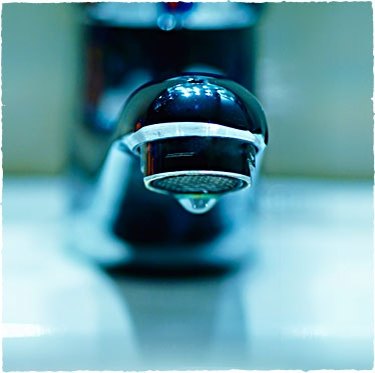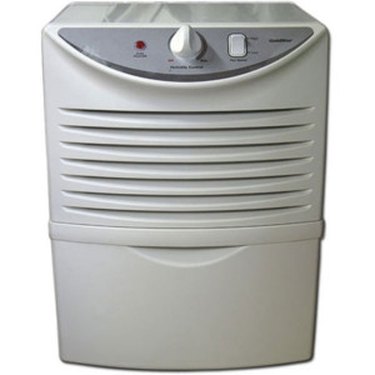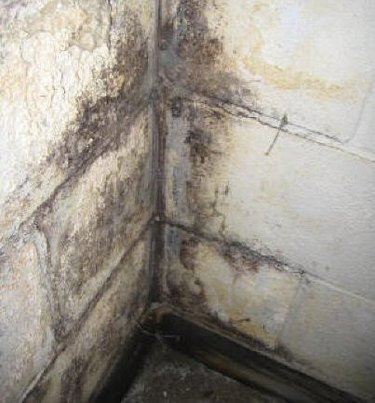If you've got mold on the walls and ceilings of your concrete house, you don't just have an unsightly, stinky problem---you may also have a situation that's hazardous to your family's health. There are several methods for getting rid of mold in your home.
Find the Source of the Mold

The best way to get rid of mold in concrete houses is to prevent it. Mold is caused by an excess of moisture---in the atmosphere, on a surface or both. Unless you find and eliminate the source of the moisture, mold will return. Excess moisture has many causes. The most common cause, however, is water infiltration, either due to a slow, continuous leak or a catastrophic leak. A slow, continuous leak is often the result of leaking water pipes, condensation on poorly insulated air conditioning ducts, or even from clogged gutters which are diverting water toward the walls or the foundation of the home. Fixing a slow leak that is allowing water to infiltrate the home will reduce or eliminate the moisture that feeds mold. Catastrophic leaks, caused by burst pipes or flood waters, can continue to cause mold even after the majority of the water is cleaned up. Moisture from these leaks can seep into unpainted concrete surfaces and remain there for long periods of time.
Video of the Day
Video of the Day
Eliminating Excess Moisture

After the source of the moisture is found and eliminated, excess moisture that remains in the air must also be eliminated. For spaces that have mold due to catastrophic water infiltration, the easiest way to dry out the air is simply to open windows and doors and run fans that will circulate drier air in the room. When the moisture problem is severe, a dehumidifier is the best way to eliminate it. A dehumidifier decreases the amount of humidity---moisture in the atmosphere. For spaces that have been heavily infiltrated by water, or have high humidity that leaves moisture in the air continuously, a dehumidifier is a necessity.
Cleaning Mold from Concrete Surfaces

The bad news is that concrete is often a magnet for mold. The good news is that concrete is one of the easiest surfaces to clean. When it comes to cleaning mold, the sooner you clean it, the better. Mold breeds mold; attacking mold as soon as it is spotted is one of the easiest ways to inhibit its spread. If you mold has grown out of control, and you a patch that is more than 3 feet square, or if you see black mold, then you need to contact a professional cleaning or water damage service. Otherwise, you can clean mold yourself. Wear rubber gloves, a HEPA mask, safety goggles and clothing that covers your skin while cleaning. Cover areas that could be damaged by cleaning products with plastic sheeting. To clean unpainted concrete surfaces, first scrub with a non-ammonia, all-purpose cleaner, using a stiff-bristled brush, then rinse and allow to dry. Follow by scrubbing with a solution of 1/4 cup bleach to 1 qt. water. Allow to dry, then repeat if necessary. To clean painted concrete surfaces, first clean moldy area with a non-ammonia, all-purpose cleaner until mold is removed. Allow the area to dry. Discard towels in a sealed garbage bag. If the painted surface can be safely cleaned with bleach, clean with a solution of 1/4 cup bleach to 1 qt. water and allow to dry. If your concrete walls and/or ceiling are unpainted, or if they need to be repainted after cleaning the mold from them, consider painting them with a paint that contains a mold inhibitor.